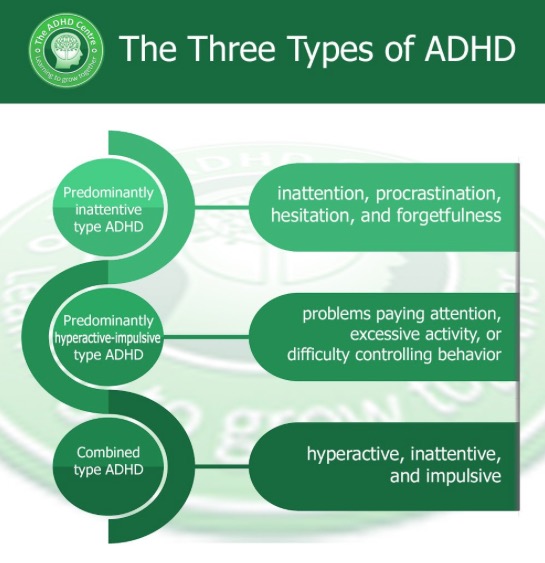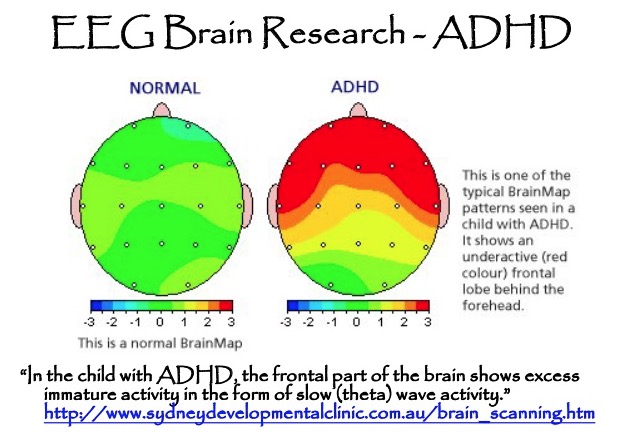

The bottom line is that the diagnosis of ADHD can still apply even if a child doesn’t have hyperactive or impulsive behaviors. There are also adjustments to reflect new research on how ADHD symptoms present in adolescence or adulthood.

We still use the same clusters of symptoms (inattentive and hyperactive-impulsive), we just don’t consider them separate types. The newest way of thinking about ADHD is actually to get rid of types altogether and just think about which symptoms present prominently. But it was never meant to be used that way, and continuing to use an almost 30-year-old term is getting more confusing. Some people use it to refer to inattentive type ADHD - without the hyperactivity. Kids who had all three symptoms were called combined type.Ī lot of people still use the old term ADD, either out of habit or because it’s a more familiar term than ADHD. Kids who were only hyperactive and impulsive were hyperactive/impulsive type. Children who only had the inattentive symptoms were called inattentive type. But starting in the early 1990s, that child would be diagnosed with ADHD.įrom the early ’90s until recently diagnosis included one of three types.

It was called ADD up until 1987, when the word “hyperactivity” was added to the name.īefore that, say in 1980, a child would be diagnosed with ADD, either with or without hyperactivity. ADD, or attention-deficit disorder, is an old term, now out of date, for the disorder we call ADHD, or attention-deficit hyperactivity disorder.


 0 kommentar(er)
0 kommentar(er)
